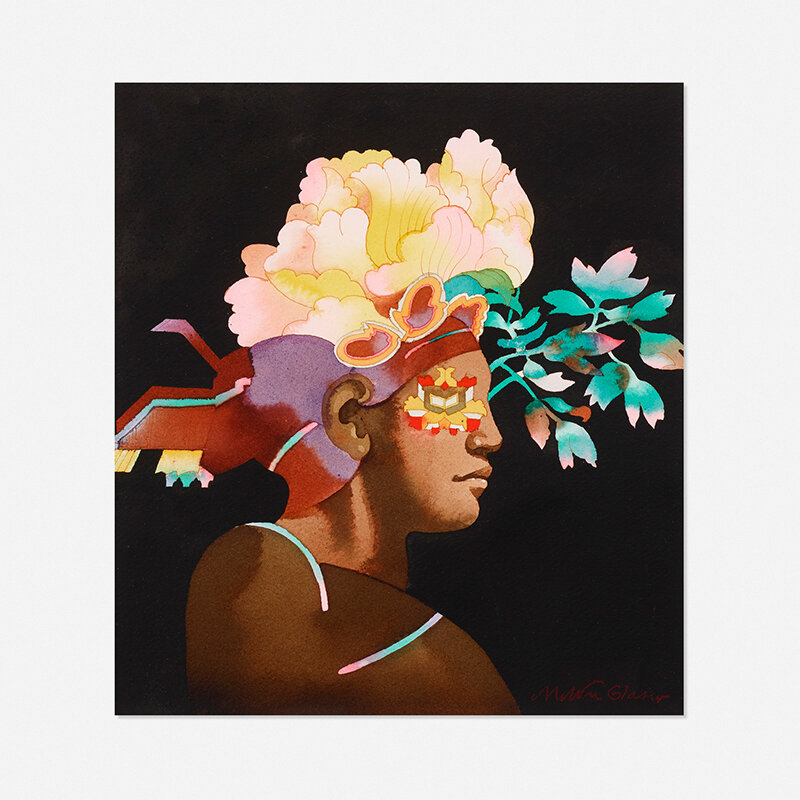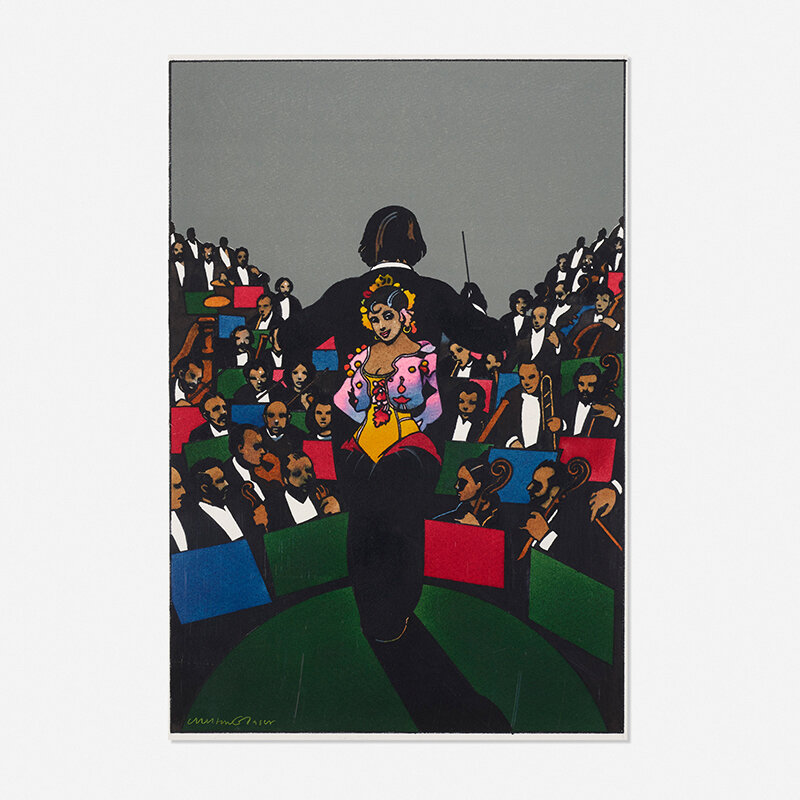235
235
collection of twenty-two exhibition catalogs and books on Milton Glaser
collection of twenty-two exhibition catalogs and books on Milton Glaser
printed paper 15 h × 11 w in (38 × 28 cm)
estimate: $1,000–1,500
result: $625
Un Sedicesimo 33 Milton Glaser, Corraini Edizioni, Italy, 2013. 13 pages, Softcover.
Milton Glaser Daniel Giralt-Miracle, Harry Dennis, and Milton Glaser, La Vanguardia and Fundacio Caixa De Catalunya, Barcelona, 1989. 159 pages, Softcover.
Those Who Teach Maxwell Arnold and Milton Glaser, Simpson Paper Company, San Francisco, 1988. 54 pages, Softcover.
The Imaginary Life of Claude Monet Shirley Glaser and Milton Glaser, Tappan Printing Co., USA. 12 pages, Softcover.
Milton Glaser Milton Glaser, GGG Books, Japan, 1995. 63 pages, Hardcover.
Milton Glaser: If Music Be the Food of Love Play On Milton Glaser, Galison Books, New York. Hardcover. This is a set of twenty notecards and twenty envelopes.
Pushpin and Beyond: The Celebrated Studio That Transformed Graphic Design and the Works of Seymour Chwast, Paul Davis, Milton Glaser, James McMullan Veronique Vienne, et al., Suntory Museum, Japan, 1997. 167 pages, Softcover.
Milton Glaser: In Search of the Miraculous or One Thing Leads to Another Ralph Caplan and Milton Glaser, Overlook Press and Duckworth, New York and London, 2012. 94 pages, Softcover with dustjacket.
Milton Glaser: Piero della Francesca Andrea Rauch, Marisilio, Venizia. 135 pages, Softcover.
Milton Glaser: Art Center College of Design October 18 - November 16, 1985, Massachusetts College of Art, January 13 - February 2, 1986, Wichita State University April 9 - May 25, 1986 Philip Hays, Art Center College of Design, 1985. Softcover.
For over sixty years, Milton Glaser, one of America’s foremost and influential graphic designers, has made it his business to look at the world closely. From this devotional act of looking has sprung a distinctly American vernacular of design — one that is both reverent of and transgressive toward the historical, celebrates pastiche and intuition over immediate coherence, and is as proudly intellectual as it is raffish. The present collection of over two hundred works, from Glaser's own personal collection, is a visual testament to his limitless range, compassionate curiosity and belief that the field of design is a “philosophical inquiry into the nature of truth, beauty, and reality”.
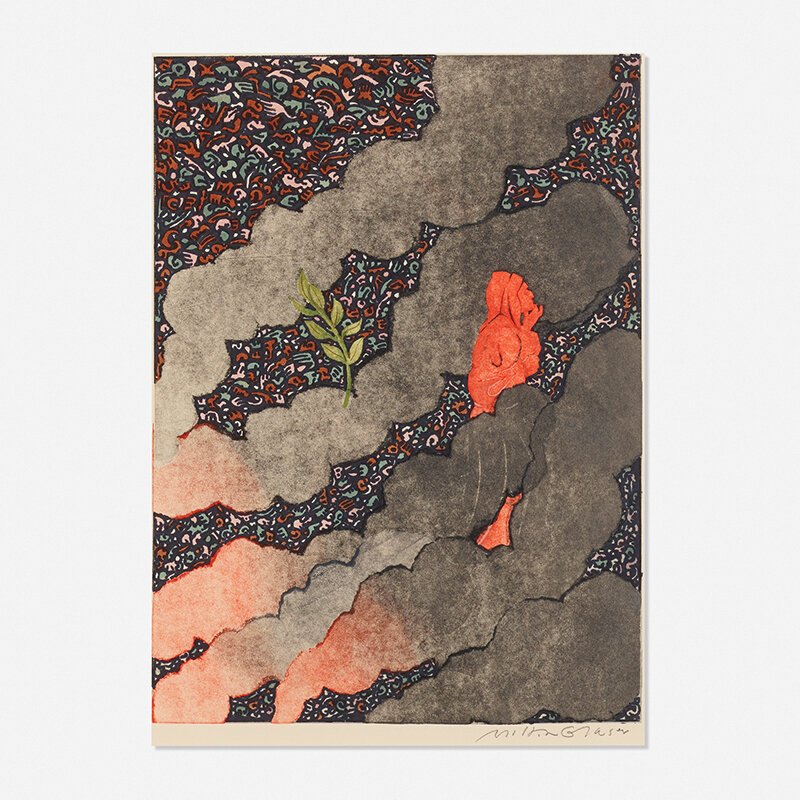
Glaser considers his career as a graphic designer a “preordained condition”. In 1954, at just twenty-five-years-old, Glaser, along with Seymour Chwast, Reynold Ruffins and Edward Sorel founded Push Pin Studios — a graphic design firm that Glaser said was run “like a bunch of art students trying to change history”. Through their eclectic, boisterous approach to designing album covers, posters, publications and logos, Push Pin inspired a seismic shift away from the exacting and severe “Swiss Precisionism” that had swayed graphic design since the 1930s. The studio was regarded as a beacon for the new modern era of graphic design, so much so that in 1970 they were the first American studio to have an exhibition at the Musée des Arts Decoratifs in Paris. Several early works by Glaser from this era are featured in the auction, including works for the studio’s equally influential monthly magazine, Push Pin Graphic.
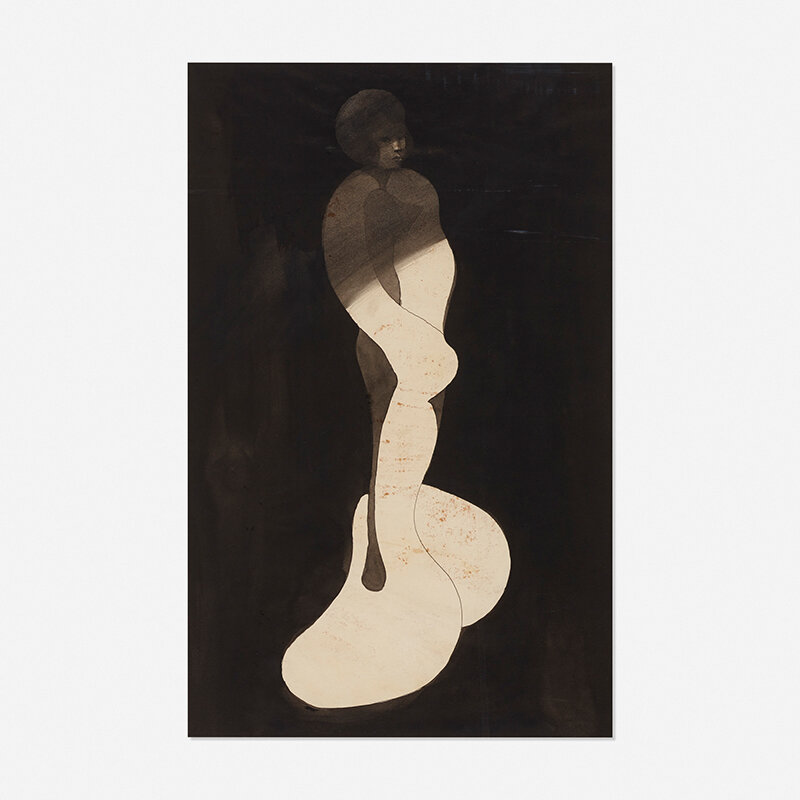
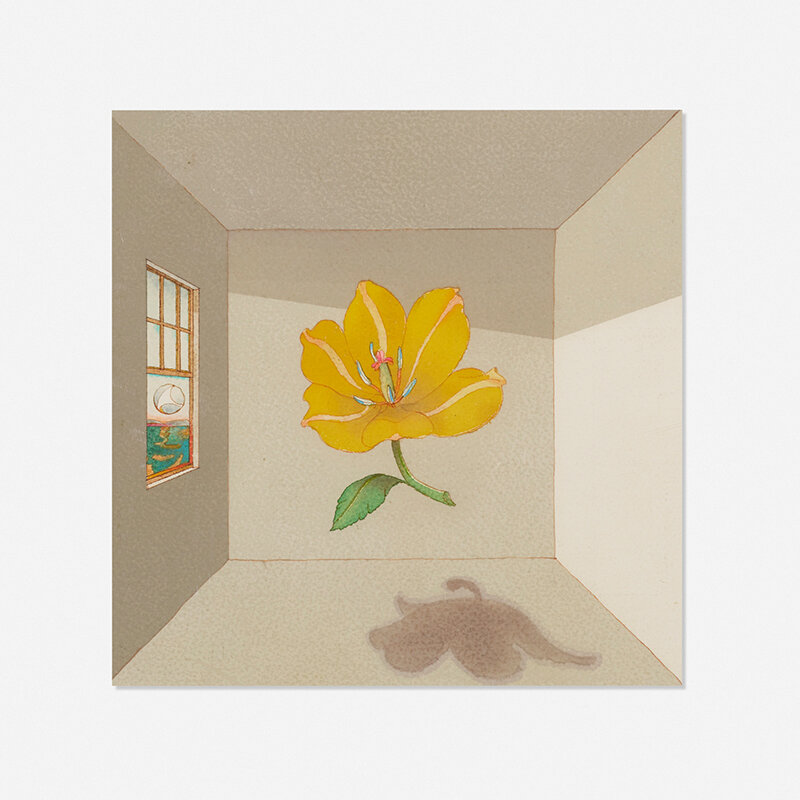
In 1974, Glaser left Push Pin to establish his own studio; in 1977, he would design what is possibly the most recognizable and imitated graphic in the world — the I ♥ NY logo, expressing, in no uncertain terms, his love for the city. Even though he is most known for the sublime simplicity of I ♥ NY, Glaser’s wide scope of work embraces ambiguity, a joyful “lack of coherence” (as he calls it) and, above all, the assertion that art is work. Glaser has designed over 400 posters, identities for cultural institutions, newspapers, restaurants and grocery stores, he co-founded New York magazine in 1968, and has taught at the lauded School of Visual Arts for over fifty years. But at the center of all this work, this copious outpouring of visual forms, riddles and jubilations, is Glaser’s insistence that design is a fundamentally humanistic act that should do no harm, and express “the commonality and continuity of all human experience”. Glaser personally selected this collection to reflect and celebrate his momentous career on the occasion of his 91st birthday.
